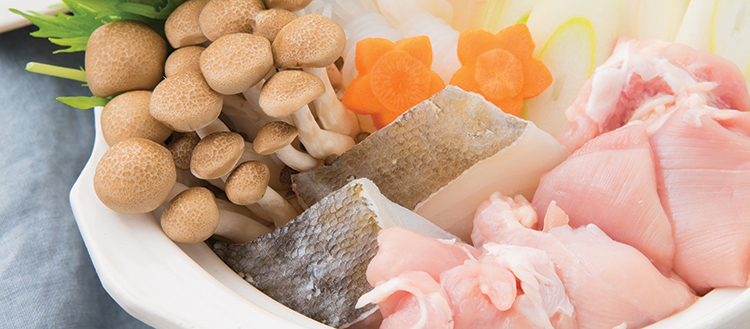Illustration by Grace Hwang
It’s Prime Time To Savor These Late-Summer Beauties
By Peggy Paul
Stone Fruits (e.g., peaches, plums, nectarines and apricots)
Though they vary in flavor, size and shape, all stone fruits (or drupes) are unified by their thin skin, soft, sweet flesh and nut-like pit. Peaches and nectarines are the densest of the bunch, especially well-suited for pies and grilling, while nectarines and plums, which have a higher water content, shine best in salads, cakes and preserves. Look for fragrant fruit with taut skin that gives just a bit to the touch.
Uses: Slice and eat them raw with yogurt or cereal, dice them to make salsas with mint and chiles, poach them, roast them, toss them on the grill or cook them down into jams, butters and chutneys. They also make delicious ice creams, pies, cakes, scones and clafoutis, and they play especially well with seafood, pork and herbs like lemon thyme, tarragon, mint and basil.
Okra (a.k.a. ladies’ fingers or gumbo pods)
The okra plant is a member of the hibiscus, or mallow, family, along with cotton and cacao. Its edible seed pods are ridged and about the size and shape of your index finger. Their grassy flavor and thickening abilities are popular in Creole, Middle Eastern, Indian and North African cuisines. If you’re turned off by the viscous (some say slimy) substance released by okra during the cooking process, keep the pods whole, use them at room temperature and season them with lemon or other citrus juice before cooking. Both red and green okra are harvested from July to early October in the Philadelphia region. When buying fresh okra, look for pods that are vibrant in color and no longer than four inches (the larger the pods grow, the more fibrous they become).
Uses: Chop them up to thicken and add texture to soups and stews, batter and deep-fry them, pickle them or toss the whole pods with olive oil, salt and pepper. Roast, grill or sauté them with other vegetables.
Hot Peppers (a.k.a. chiles or chili peppers)
This time of year, you’ll find a rainbow of hot peppers at the farmers market in all shapes, sizes and levels of heat. Plump cherry peppers, tapered banana peppers and heart-shaped poblanos are on the mild side. Jalapeños, serranos and long-hots fall somewhere in the middle, and squatty habaneros, Scotch bonnets and ghost peppers can bring even the toughest heat freak to tears. The spiciness comes from a compound called capsaicin, found in the seeds and ribs of the fruit. Scrape out these parts if you’re looking to reduce the heat level, and make sure you wash your hands thoroughly after working with any kind of hot pepper.
Uses: Dice and eat them raw as a garnish or in salsas and other spicy dips and salads or add them to marinades and compound butters. Stuff and roast them or cook them down into sauces to season meat, poultry and seafood.
Peggy Paul Casella is a cookbook editor, writer, urban vegetable gardener, produce peddler and author of the blog Thursday Night Pizza.










